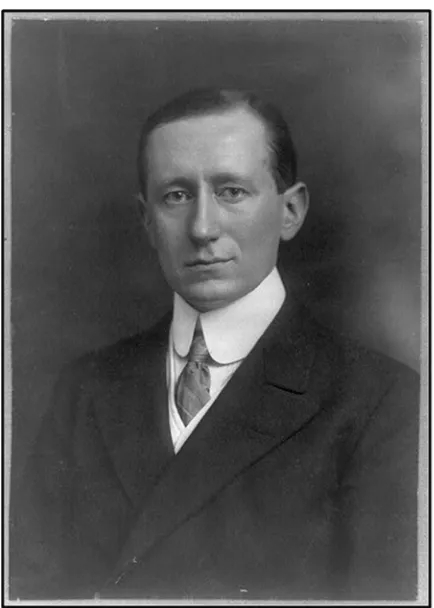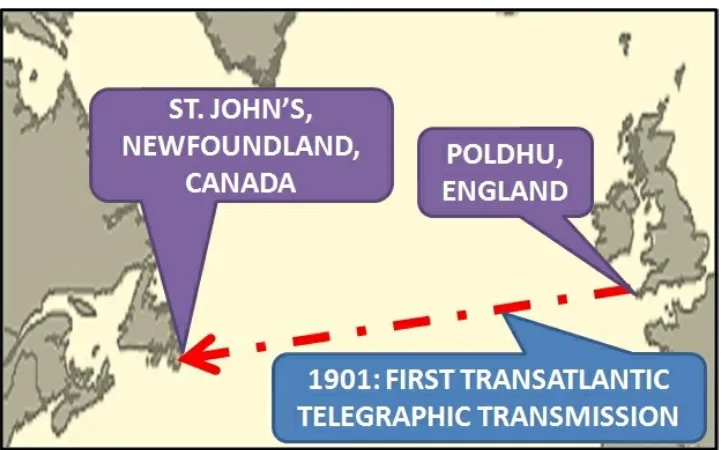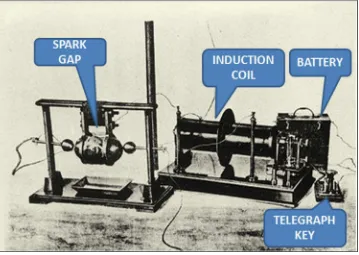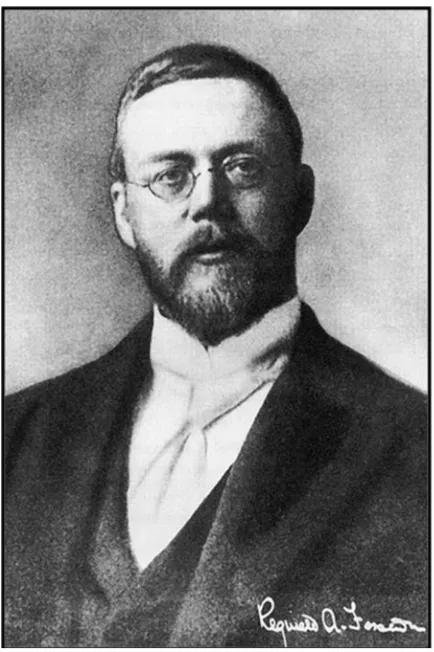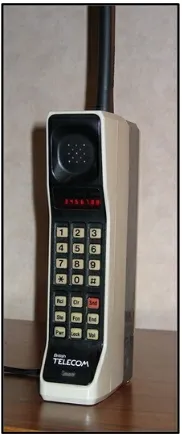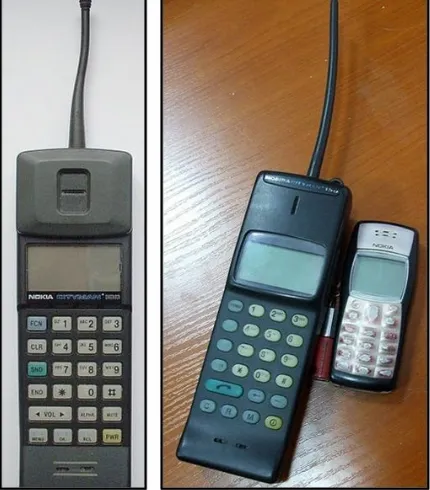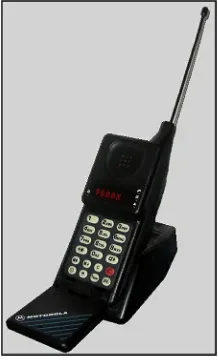Informasi Dokumen
- Penulis:
- Sachin Date
- Sekolah: Amazon Digital Services, Inc.
- Mata Pelajaran: Technology & Engineering
- Topik: An Illustrated Guide to Mobile Technology
- Tipe: book
- Tahun: 2015
- Kota: San Francisco
Ringkasan Dokumen
I. History of the Mobile Phone
This section provides a comprehensive overview of the evolution of mobile technology, tracing its roots from early communication methods to the advent of modern smartphones. It highlights key milestones and innovations that have shaped the mobile landscape, emphasizing the interplay between technological advancements and societal needs. The historical context is crucial for understanding the current state of mobile technology and its implications for education and communication.
1.1 From Smoke Signals to Wireless Radio
This subsection delves into the origins of wireless communication, showcasing early inventions like the Photophone by Alexander Graham Bell. It illustrates how foundational concepts in wireless technology emerged, setting the stage for future developments. The historical significance of these inventions is critical for students to appreciate the technological progression leading to modern mobile devices.
1.2 The Birth of Radio Communication
Focusing on the transition from telegraphic systems to radio communication, this subsection discusses pivotal figures such as Heinrich Hertz and Guglielmo Marconi. Their contributions laid the groundwork for radio telephony, which is essential for understanding the evolution of mobile technology. This knowledge is vital for students studying communication technologies and their societal impacts.
1.3 From Trains, Ships, and Tanks to the Motor Car – The Era of Zero-G
This section examines the early mobile telephone networks, particularly the Mobile Telephone Service (MTS) and its limitations. It emphasizes the historical context of mobile communication's integration into vehicles, illustrating the societal shift towards mobility. Understanding these developments is crucial for students analyzing the historical trends in communication technology.
1.4 From the Car to the Streets and Into the Shirt Pocket – The Era of 1G
This subsection discusses the transition to cellular networks, highlighting the technological advancements that enabled portability and accessibility. It introduces the concept of cellular architecture, which revolutionized mobile communication. This foundational knowledge is essential for students exploring the principles of modern telecommunications.
1.5 From Analog to Digital – 2G and Beyond
This section outlines the shift from analog to digital communication, detailing the benefits of digital networks, including increased capacity and security. It emphasizes the significance of this transition for the future of mobile technology and its implications for data transmission. Understanding these advancements is critical for students studying the evolution of mobile technology.
II. Mobile Applications
This section explores the various applications of mobile technology across different sectors, emphasizing their relevance to contemporary education and business practices. It highlights the importance of understanding mobile applications for fostering innovation and enhancing learning outcomes in various fields.
2.1 Consumer Mobile Applications
This subsection discusses the proliferation of consumer mobile applications and their impact on daily life. It emphasizes how these applications can enhance learning experiences and provide new avenues for engagement in educational settings. Understanding consumer applications is vital for students in technology and business disciplines.
2.2 The Five-Step Obstacle Race to Success
Focusing on the challenges faced by mobile applications in achieving success, this subsection outlines a framework for overcoming obstacles. This knowledge is essential for students pursuing careers in mobile development and entrepreneurship, providing them with practical insights into the industry.
2.3 Business and Revenue Models
This section analyzes various business models associated with mobile applications, highlighting how they generate revenue and sustain growth. Understanding these models is crucial for students in business and technology fields, as it equips them with the knowledge to navigate the mobile economy effectively.
III. Enterprise Mobility
This section examines the role of mobile technology in enhancing operational efficiency across various industries. It emphasizes the importance of enterprise mobility in driving productivity and innovation, making it relevant for students studying business and technology management.
3.1 Mobility in Retail
This subsection explores how mobile technology is transforming retail operations, enhancing customer engagement and streamlining processes. Students studying retail management can benefit from understanding these trends and their implications for business strategy.
3.2 Mobility in Field Service, Transportation, and Logistics
Focusing on the impact of mobile technology in logistics and field services, this subsection highlights efficiency improvements and real-time communication benefits. This knowledge is essential for students in supply chain management and logistics courses.
3.3 Mobility in Healthcare
This section discusses the transformative effects of mobile technology in healthcare, from patient management to telemedicine. Understanding these applications is crucial for students in healthcare and medical technology programs, as it prepares them for future innovations in the field.
3.4 Mobility in Insurance, Banking, and Financial Services
This subsection examines the integration of mobile technology in financial services, emphasizing security and customer convenience. Students in finance and business studies can gain valuable insights into the evolving landscape of mobile banking.
3.5 Mobility in Hospitality, Travel, and Tourism
This section highlights the role of mobile technology in enhancing customer experiences in hospitality and tourism. Understanding these trends is important for students in hospitality management, as it informs their approach to customer service and engagement.
IV. Mobile Technology
This section provides an in-depth analysis of the technical aspects of mobile technology, essential for students pursuing careers in engineering and computer science. It covers fundamental concepts and emerging trends that shape the mobile landscape.
4.1 Mobile Telephony Concepts
This subsection outlines the fundamental principles of mobile telephony, including signal transmission and reception. Understanding these concepts is crucial for students in telecommunications and electrical engineering.
4.2 Mobile Operating Systems
Focusing on the various mobile operating systems, this subsection examines their architectures and functionalities. Knowledge of operating systems is essential for students in software development and mobile application design.
4.3 Types of Mobile Applications
This section categorizes mobile applications based on their functionalities and platforms, providing students with a comprehensive understanding of the mobile application ecosystem. This knowledge is vital for those pursuing careers in app development.
4.4 Mobile Middleware
This subsection discusses the role of middleware in facilitating communication between mobile applications and backend systems. Understanding middleware is essential for students in software engineering and systems integration.
4.5 Non-Functional Requirements in Mobile Applications
Focusing on the non-functional aspects of mobile applications, this section emphasizes performance, security, and usability. Knowledge of these requirements is crucial for students in software development, as it informs best practices in application design.
V. Epilogue: From Ubiquity to Invisibility
The epilogue reflects on the trajectory of mobile technology and its pervasive influence on society. It encourages students to consider the future implications of mobile technology and its integration into everyday life. This forward-looking perspective is essential for students in technology and societal studies.
Referensi Dokumen
- 41 million reasons to love Nokia ( Alin Labau )
